
The documentary focuses on the struggles of those who survived the long siege by German forces during World War II (from 8 September 1941 to 27 January 1944). The three million inhabitants of Leningrad (now renamed St Petersburg) suffered extremes of starvation and deprivation.
You May Also Like
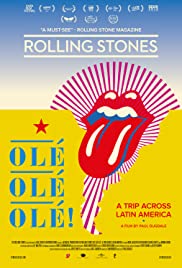
This exhilarating rock ‘n’ roll road movie follows The Rolling Stones on their 2016 tour of Latin America, climaxing with their historic concert in Havana, Cuba.
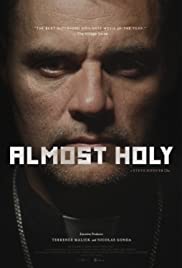
After the collapse of the Soviet Union, Ukraine’s social and political institutions faced massive change, including an increasingly corrupt government and crippled infrastructure. A number of the nation’s youth wound up homeless and addicted to a lethal cocktail of injected cold medicine and alcohol. In the early 2000s a pastor from Mariupol named Gennadiy Mokhnenko took up the fight against child homelessness by forcibly abducting street kids and bringing them to his Pilgrim Republic rehabilitation center—the largest organization of its kind in the former Soviet Union. Gennadiy’s ongoing efforts and unabashedly tough love approach to his city’s problems has made him a folk hero for some, and a lawless vigilante to others. Despite criticism, Gennadiy is determined to continue his work.

A lavish documentary film of Queen Elizabeth II’s Coronation in 1953.
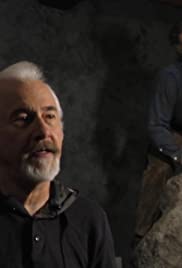
Featuring brand new interviews with producer Douglas Wick, screenwriter Wesley Strick, and special effects artist Rick Baker, THE BEAST INSIDE: CREATING »WOLF« examines the making of Mike Nichols’ WOLF (1994) in all its stages from original idea to final appearance.
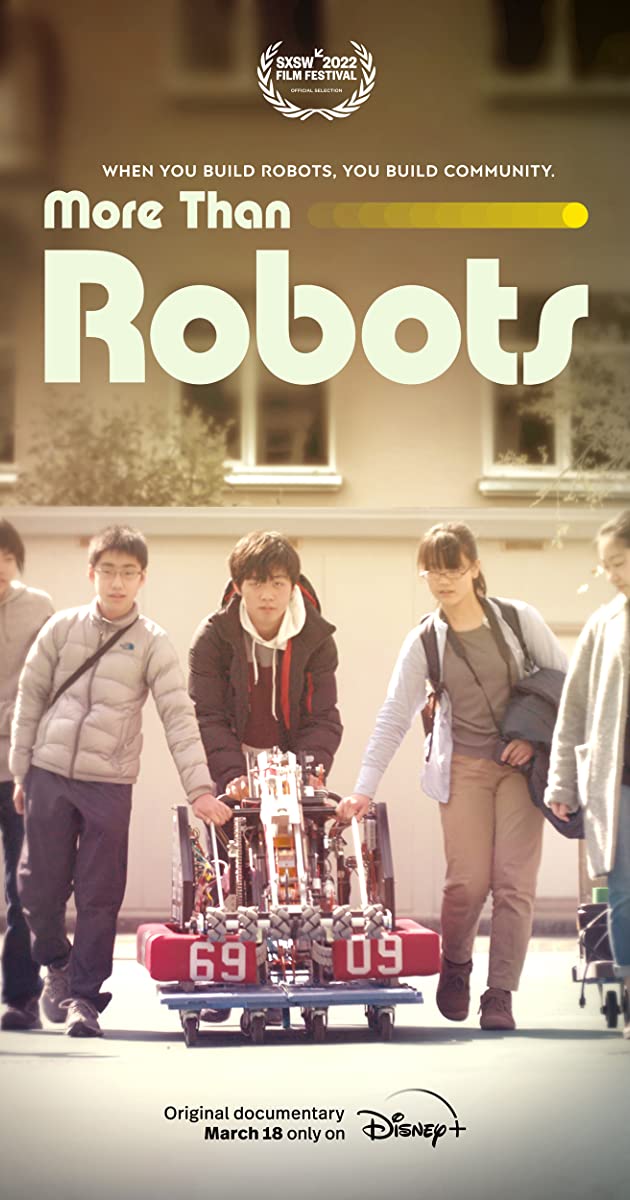
More Than Robots follows four international teams of teenagers as they prepare for the 2020 FIRST Robotics Competition. Get to know competitors from Los Angeles, Mexico City and Chiba, Japan as they work towards the ultimate goal of taking their unique designs all the way to the highly competitive global championships. Along the way they must overcome challenges such as having limited resources or putting everything on hold because of the COVID pandemic. The kids persevere and learn that there is a lot more to the competition than just robots.
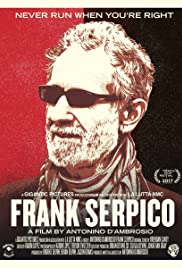
As an NYPD officer in the late 60s and early 70s, Frank Serpico blew the whistle on the corruption and payoffs running rampant in the department, was shot in the face during a drug arrest, and most famously became the subject of Sidney Lumet’s classic film SERPICO. Forty-plus years later, Serpico talks about his Southern Italian roots and upbringing, his time as an undercover officer, and his post-NYPD life in Europe and ultimately upstate New York. Adding their own recollections are his fellow officers, childhood friends, his West Side neighbors, and his admirers such as writer Luc Sante and actor John Turturro. With unprecedented access to its subject and augmented by original music by Jack White and an original score by Brendan Canty of Fugazi, Antonino D’Ambrosio creates a memorable, powerful portrait of an always-committed public servant who still walks the walk in his very own unique way.

An in-depth look at an incredible moment in film history when Steven Spielberg and George Lucas assembled an amazing creative team to collaborate on another cinematic benchmark featuring never-before-seen footage and interviews with Spielberg, Lucas, Harrison Ford, Kathleen Kennedy, Frank Marshall, James Mangold, and many others as well.
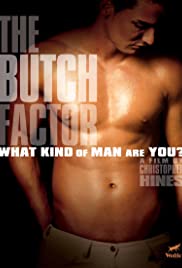
What does mean to be gay and be a man? There’s no straight answer for sure. From the Castro culture of the 1970s to today’s Bears and gym rats, this fascinating investigation of gay men and sexuality blows the lid off old stereotypes and showcases a battalion of interviewees including muscle men, rodeo riders, rugby players and cops. The men speak candidly on topics from homophobia to metrosexuality to embracing effeminacy as they reveal what it means to be a gay man in America today.

Transgender woman Naomi Hersi met Jesse McDonald on a dating website. Then Jesse stabbed Naomi, left her body in the bathroom, and enlisted his 17-year-old girlfriend to help.
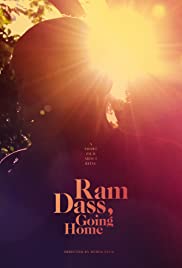
Ram Dass is one of the most important cultural figures from the 1960s and 70s. A pyschedelic pioneer, author of Be Here Now, beloved spiritual teacher, and outspoken advocate for death-and-dying awareness, Ram Dass is now himself approaching the end of life. Since suffering a life-changing stroke twenty years ago, he has been living at his home on Maui and deepening his spiritual practice — which is centered on love and his idea of merging with his surroundings and all living things. Shot in a nuanced cinematic style, the film is an intimate summary of his life learning and awareness, and is ultimately a poetic meditation on life, death, and the soul’s journey home.

The Faroe Islands are an ancient microcosmos of exciting products, Nordic history, tales, 37 words for fog and even more for fermentation, a thriving seafood industry, ravishing waterfalls, eccentric personalities, a native tongue, and the culinary pearl: KOKS. How is it possible to run a top restaurant like this at the end of the world? Prior to covid-19, people took immense detours to dine at this eatery serving food sourced from just 500 square miles of produce, in a rugged terrain and where the climate is subpolar, windy, wet, cloudy, and cold, with average temperatures close to freezing throughout the year, everlasting light in summer and a scorching darkness all through winter. In Nordic by Nature we dive into the poetic mind of young Faroese chef Poul Andrias Ziska, and seek to find the traditions, history and distinctive ancient practices that lie beneath the world’s most remote fine dining experience.

In 1972, Miyuki tells her ex-lover Kazuo that she’s going to Okinawa with their son. Kazuo decides to film her. He narrates his visits to her there: first while her flatmate is Sugako, a woman Miyuki is attracted to; then, while she works at a bar and is with Paul, an African-American soldier. Once, Kazuo brings his girlfriend, Sachiko. We see Miyuki with her son, with other bar girls, and with Sachiko. Miyuki, pregnant, returns to Tokyo and delivers a mixed-race child on her own with Kazuo and Sachiko filming. She joins a women’s commune, talks about possibilities, enjoys motherhood, and is uninterested in a traditional family. Does the filmmaker have a point of view?